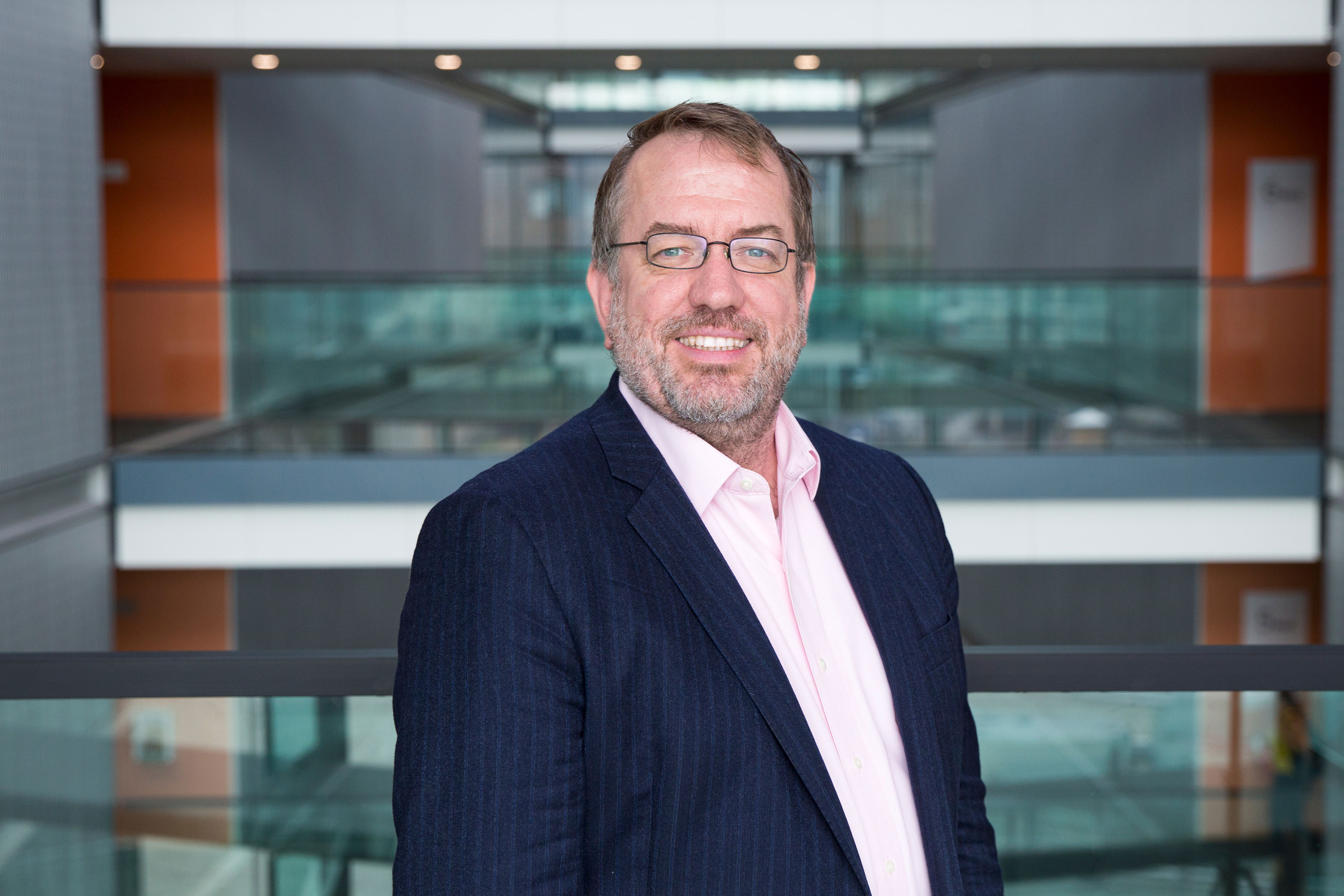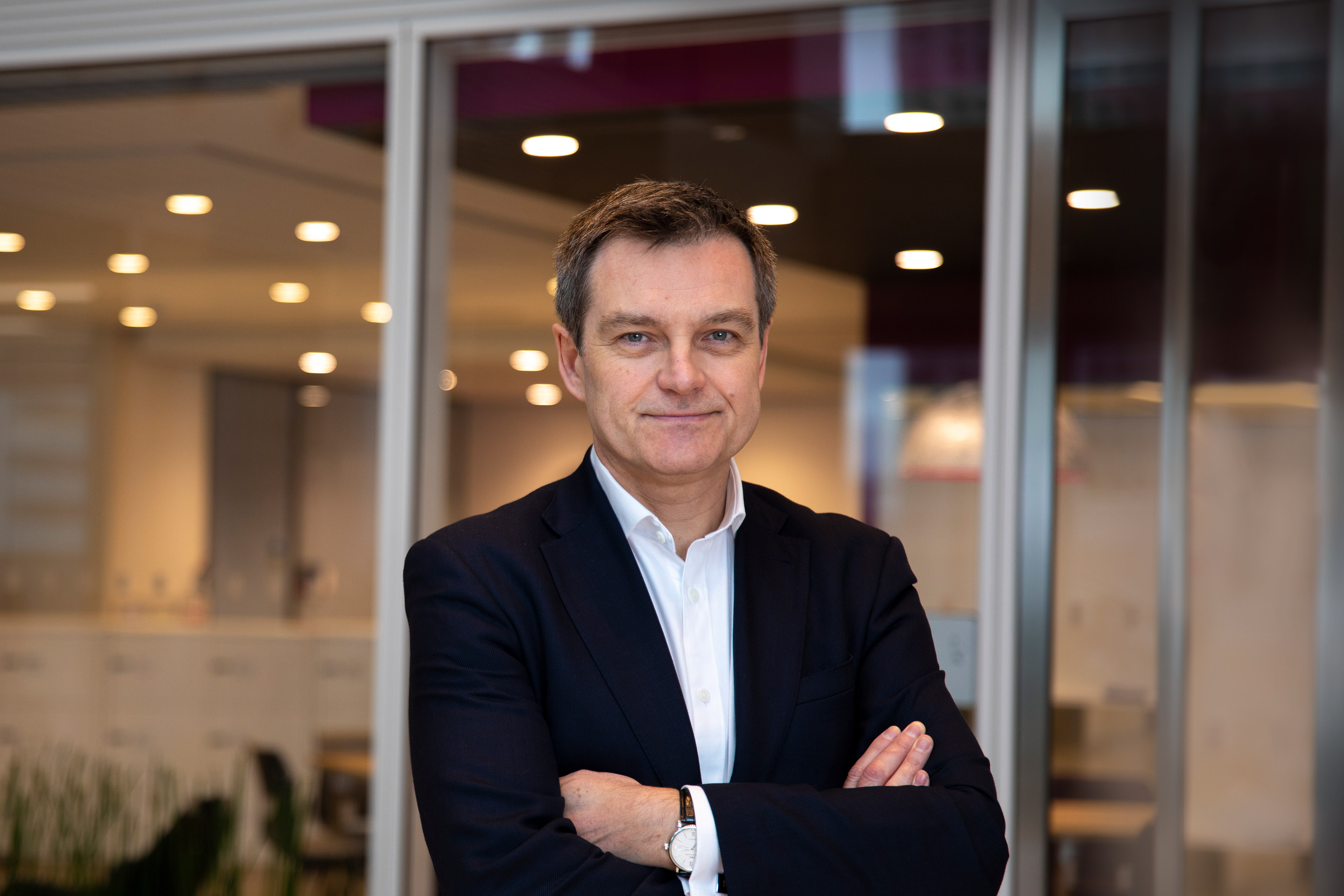EY refers to the global organization, and may refer to one or more, of the member firms of Ernst & Young Global Limited, each of which is a separate legal entity. Ernst & Young Global Limited, a UK company limited by guarantee, does not provide services to clients.
How EY can help
-
Our KYC solutions help firms achieve automated operating efficiencies and a high quality customer experience.
Read more
Know Your Customer (KYC) and Anti Money Laundering (AML) regulations are critical in ensuring that banks run safely and effectively.
Unfortunately, however, satisfying regulatory requirements often means dissatisfied customers. For example, excessive or complex paperwork during the onboarding process might be essential for KYC practices, but can be burdensome and time-consuming for customers to fill out.
One major global bank came to EY looking for a way to address this challenge. The client’s renewal of these KYC and AML functions to align with changing regulatory frameworks was creating significant levels of dissatisfaction within their Small and Medium-Enterprise (SME) customer base. According to Mark Coombes, Financial Services Director, EY Seren, “the bank had built these services based on what it thought customers did, rather than what customers actually do.”
The bank decided that to design efficient, effective, customer-centric processes, it needed the help of an external collaborator that could bring together human-centered design thinking, technological experience, and a deep appreciation of the challenges of the banking sector and regulatory compliance.
In this case, that collaborator was EY Seren, a leader in customer experience-led transformation, coupled with the EY Financial Services teams’ experience in sector-specific risk and compliance.







